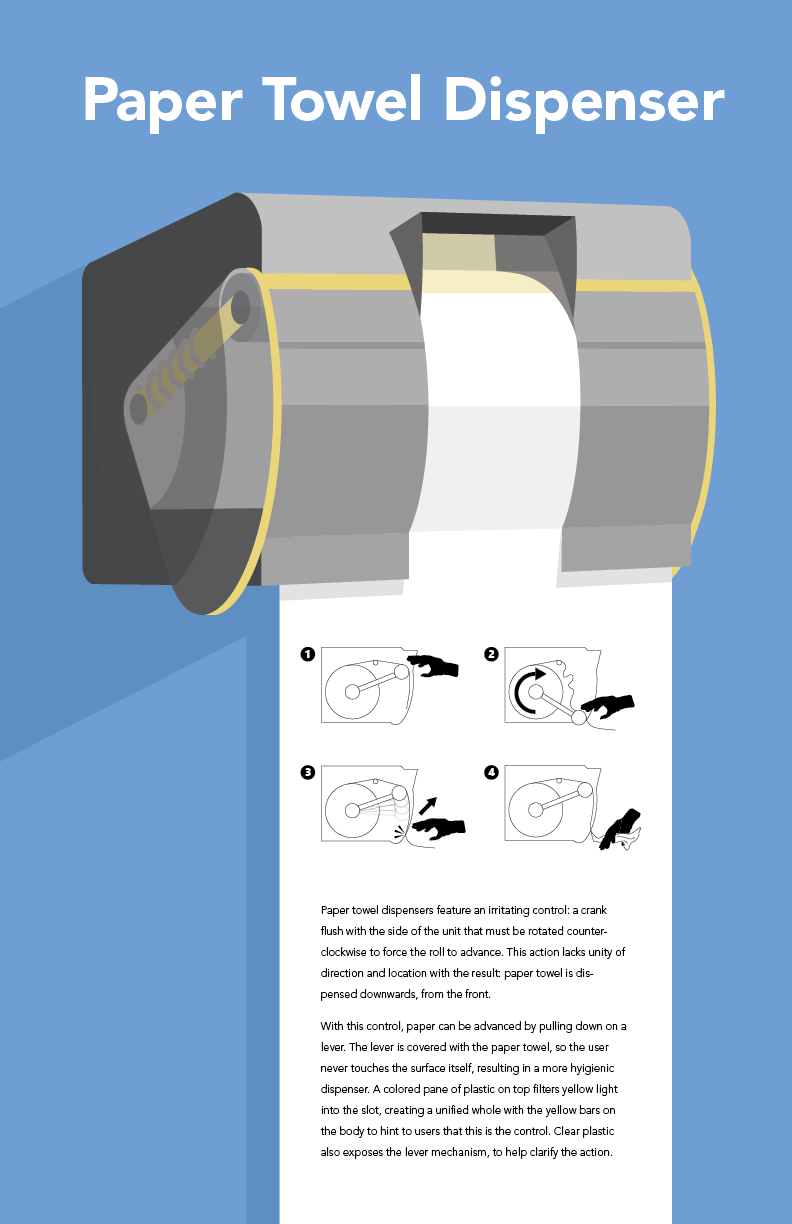A collection of innovative interfaces, personal projects, and experiments with form.
 RealGrid was an exploration into merging physical and digital spaces, allowing users to pin apps relative to their body and move the phone to switch between them. more
RealGrid was an exploration into merging physical and digital spaces, allowing users to pin apps relative to their body and move the phone to switch between them. more ScrollGlove turns the finger into a touch-sensitive surface, to make smartwatch interactions one-handed. more
ScrollGlove turns the finger into a touch-sensitive surface, to make smartwatch interactions one-handed. more My hackathon projects include an email-based multiplayer game, a sharing economy app, and music/choreography stitching tool. more
My hackathon projects include an email-based multiplayer game, a sharing economy app, and music/choreography stitching tool. more Even without a product in mind, I enjoy experimenting with typography and other visual forms. more
Even without a product in mind, I enjoy experimenting with typography and other visual forms. more
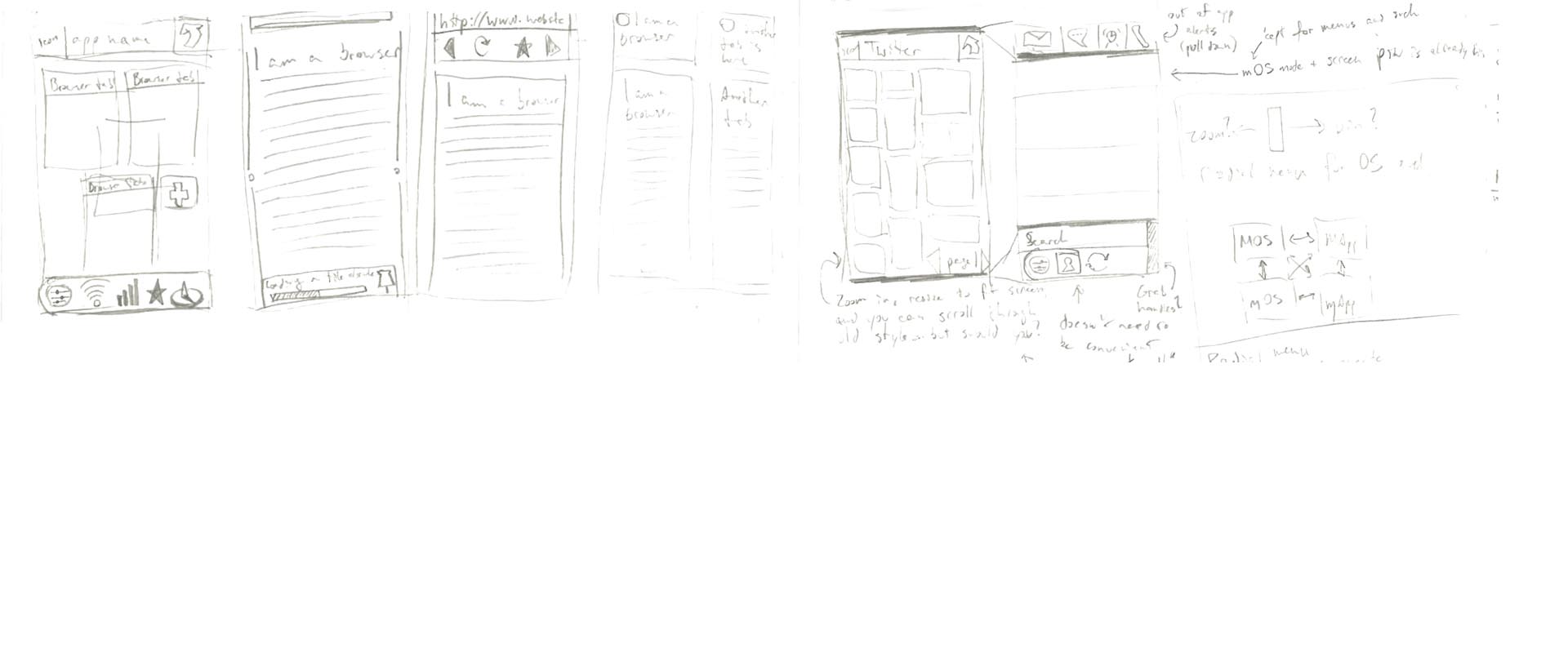
RealGrid
RealGrid was an exploration of the boundary between two spaces, and a reflection on my own practice as an interaction designer. It was inspired by traditional design media - print-oriented pieces such as posters, books, and product packaging - which can only be navigated by physically moving from one object to another.
Through mapping data to points in physical space rather than sequences of hyperlinks, RealGrid creates a different relationship between content elements. Every screen of information is accessed in the same way - by moving the phone in sweeping gestures rather than precise taps. Because the available space for interaction is greatly expanded, there is no need to hide secondary information behind "read more" links - RealGrid screens can have a very narrow focus and still be accessible.

I explored a number of concepts before settling on lock screen interactions as the best way to demonstrate the benefits of this type of interface. A user's phone would unlock as soon as it detected its paired IR signal, and could be moved to the necessary screen all without pressing a button.

ScrollGlove
The scroll glove is an interaction technique for one-handed operation of a Pebble smartwatch. By running the thumb across capacitive contacts located on the index finger, a user can swipe to scroll and then tap to select items in a menu. User testing demonstrates that this technique is faster than the Pebble's buttons, especially on scrolling tasks where the target's position in the list is unknown, and that users feel less fatigue after prolonged use of the device.
I investigated two different scrolling techniques – a tilt-based scroll using the Pebble's internal accelerometer, and the scroll glove, which allows the user to scroll by swiping on his finger, and select items by tapping. Because the Pebble does not support Bluetooth-connected peripherals, I built a small program to emulate the Pebble's UI in Processing, and prototyped the scroll glove with an Arduino. I first built the scrolling component on a breadboard, to test the concept using 10 parallel wires. The breadboard prototype was three times faster than button-based scrolling, but I had to reduce the number of wires in the wearable prototype for technical reasons, which slowed down the scrolling.
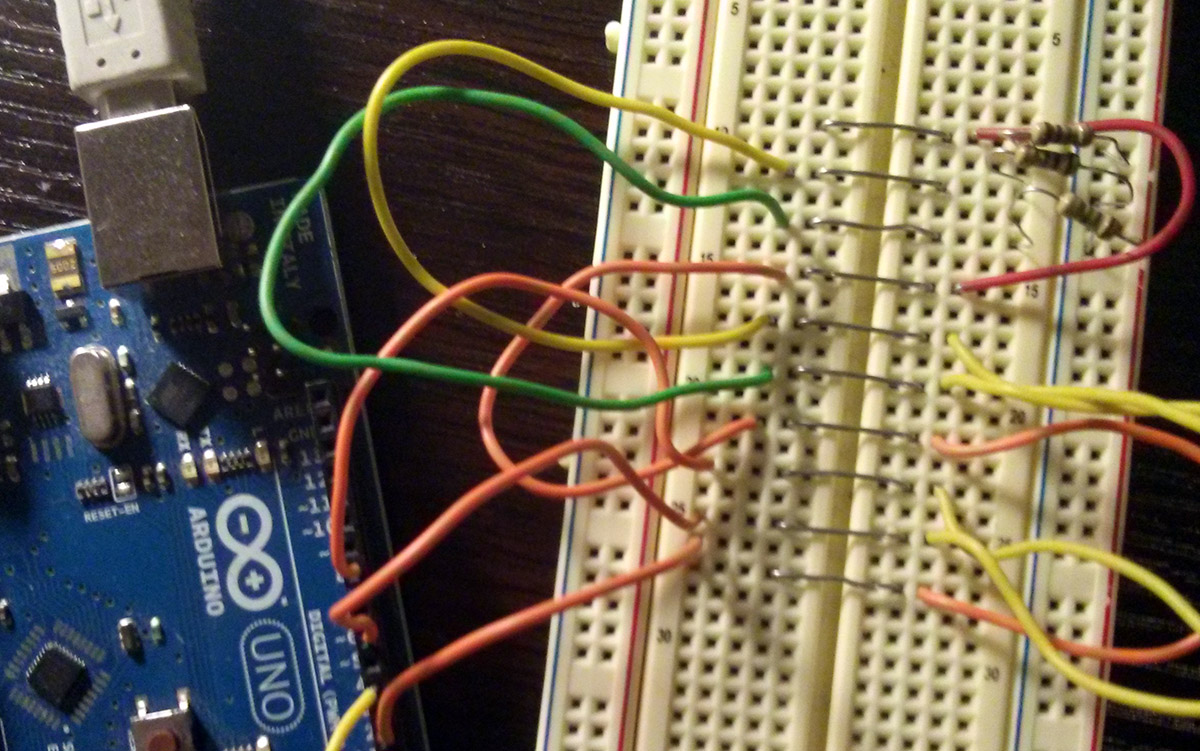
I tested these two techniques against the button-based scrolling of the Pebble, in a scrolling test. Test subjects were tasked with performing two kinds of finding tasks. In the first, the subject was given a number, and had to scroll down and select that number. In the second, the subject did not know what line the target would be on. Each task was performed ten times per trial, and each trial was performed three times per user. We held 42 between-subject trials for the three interaction techniques we tested – the baseline button scroll, tilt-based scrolling, and scrolling with the glove. The glove performed faster across all categories, especially long scrolling tasks where the target's position was unknown. A full account of the research on the scroll glove is available as a research report or a presentation slide deck.
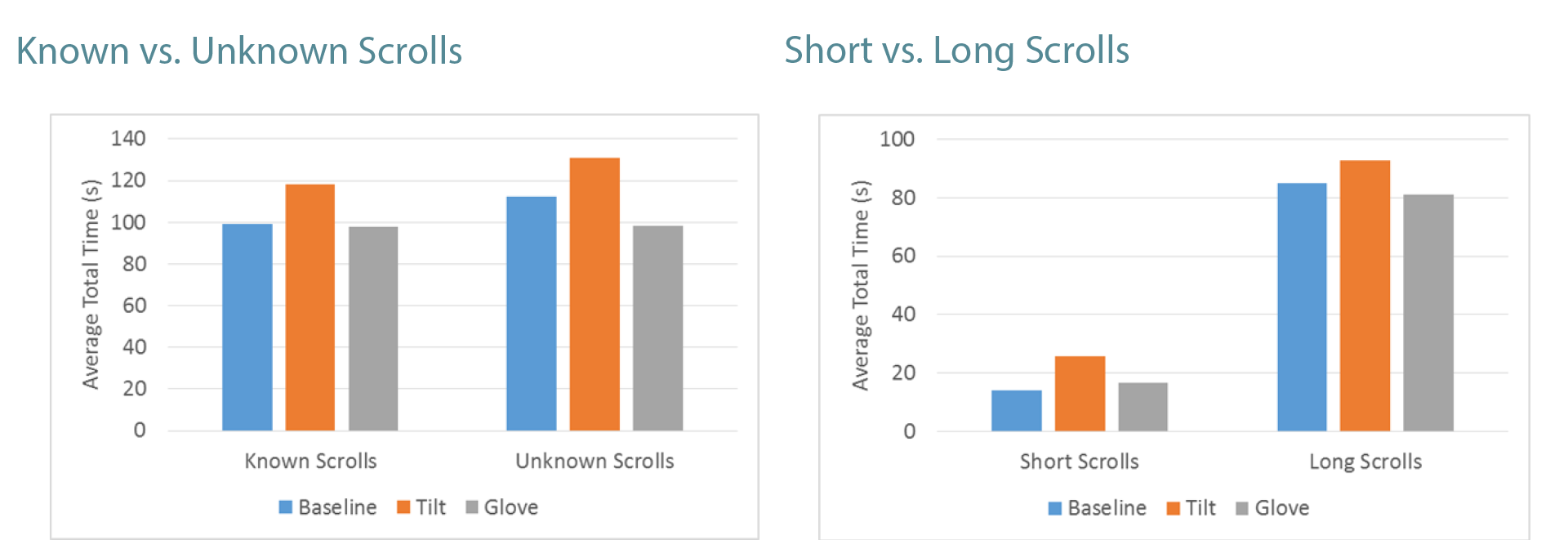
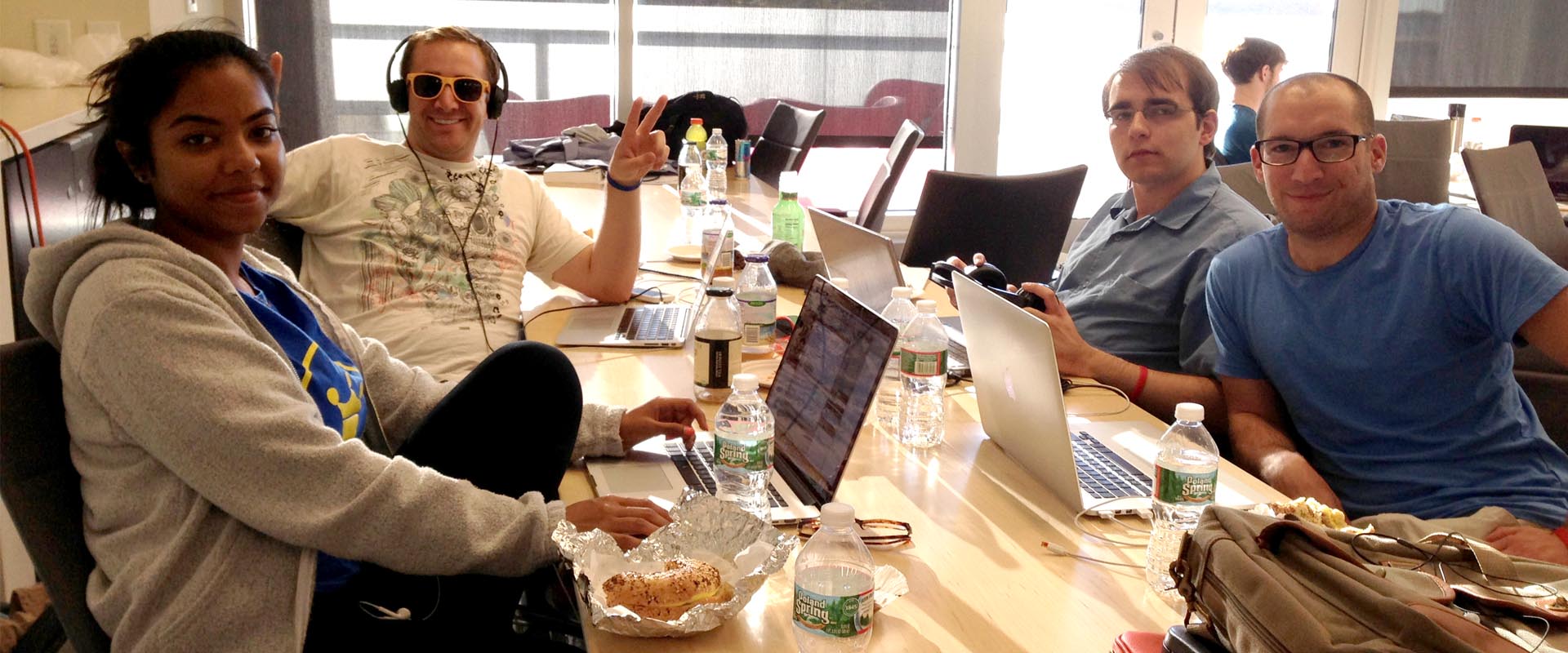
Hackathon Projects
24 hour deadlines and unlimited energy drinks lead to some wacky ideas. Like a team-based rock-paper-scissors game built on top of the SendGrid API. Players join a game of coRPS by sending an email with their vote of Rock, Paper, or Scissors. This automatically adds a character to the game, generated based on their email by Gravatar. Players can see each team's most popular vote, and can try to change their throw before the timer runs out.
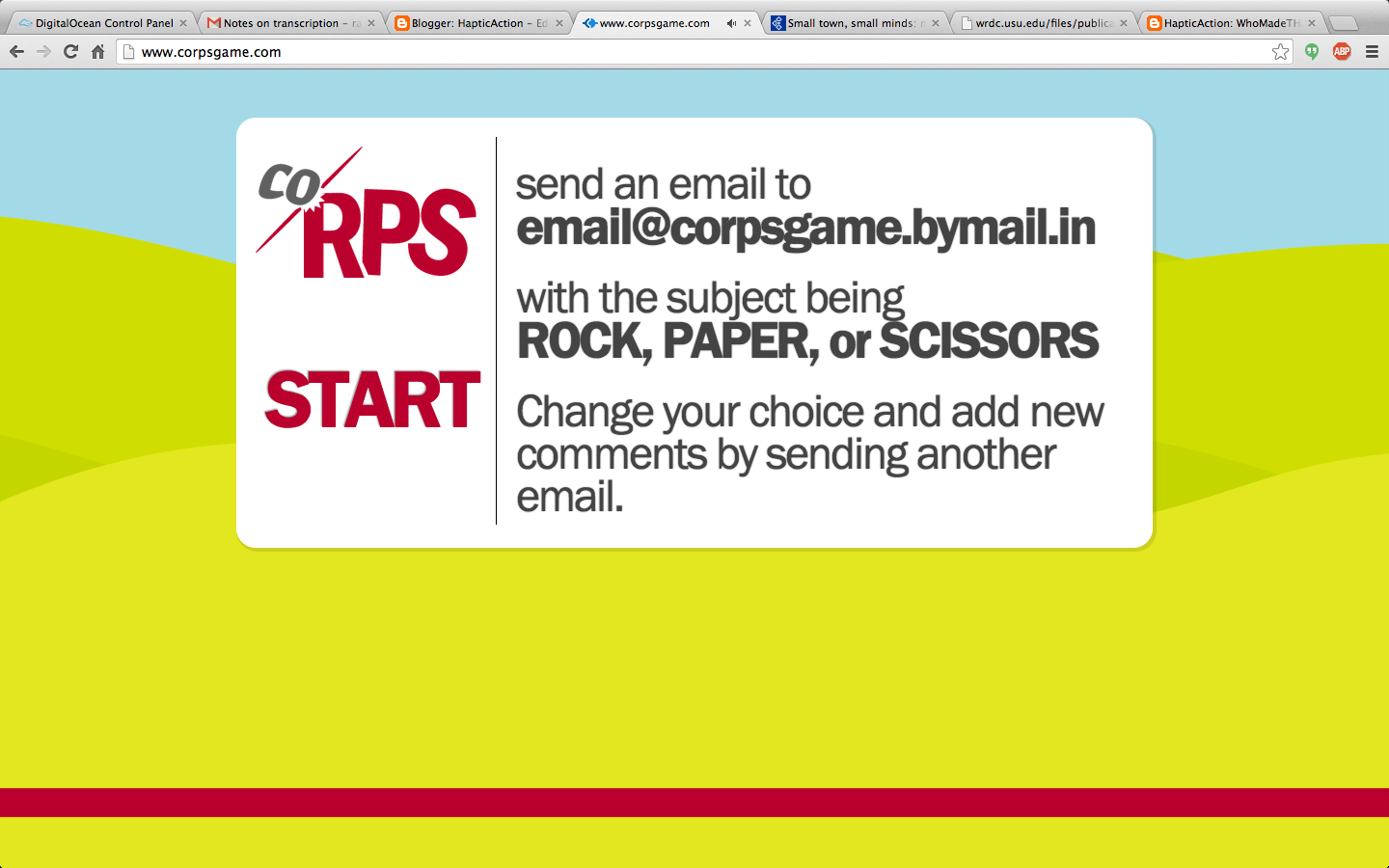

GrooveTo is a music and choreography stitching app where you can create audio dance mashups in real time using music selected from SoundCloud. Users first select any song available on SoundCloud, and then pick dance videos from an on-screen library as their song plays. The videos adjusts its speed based on the RPM of the music, so that the dancers will always groove to the beat.
All sharing economies are based on trust, and there's no better way of quickly manufacturing trust than by using a pre-existing in-group. ReQuest was designed with workplaces or academic campuses in mind, and lets users ask those nearby for help - perfect when you don't want to run up and down the office seeing if anyone has a spare power cable. Friends can boost the signal, and an in-app currency is used to make sure generous helpers have an easy time getting help when they need it.

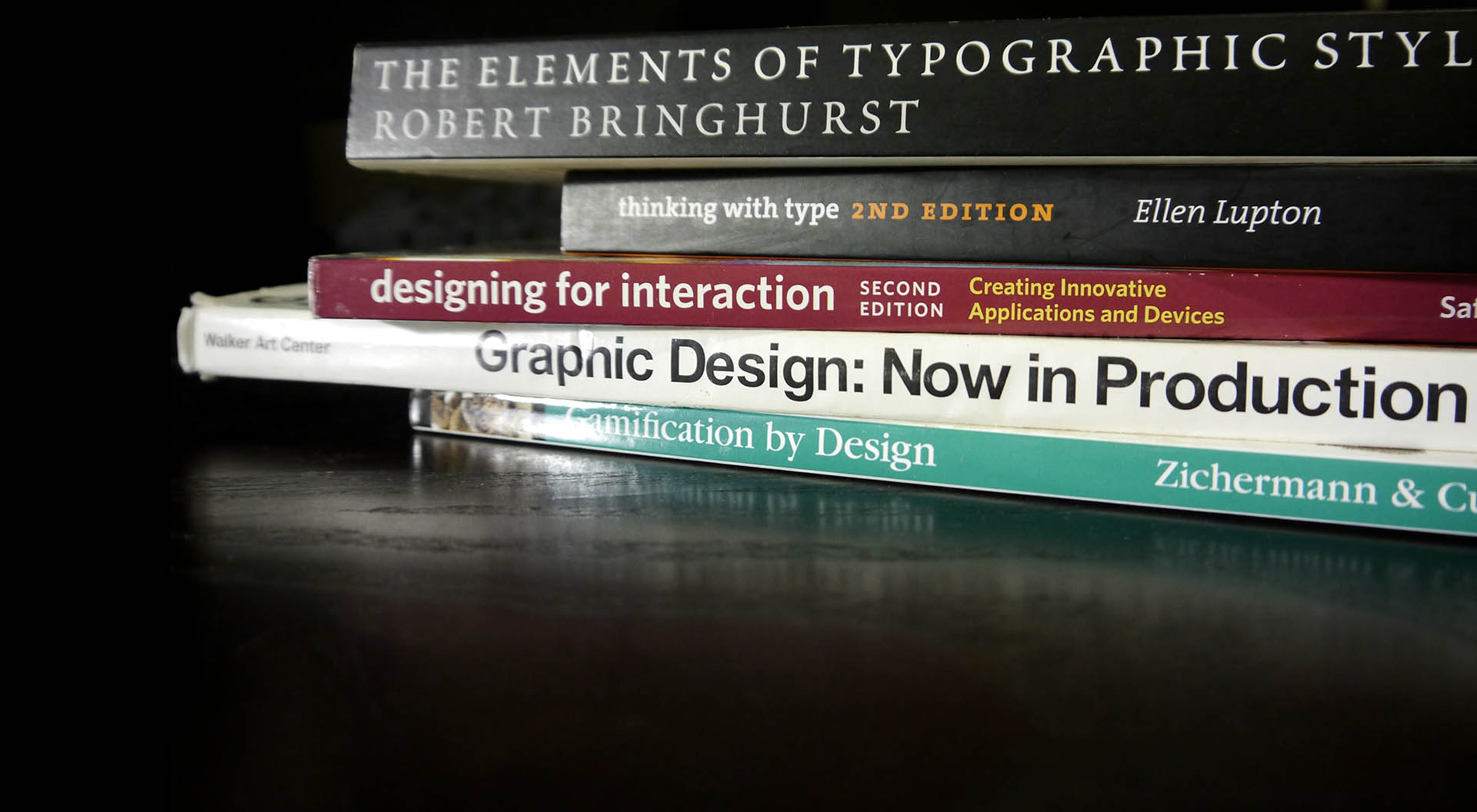
Form Experiments
It's nice to take a break from the world of the pixel-perfect, and get messy. This academy leader is a time-based typographic experiment using paint, wax, and construction paper.
Inspired by medieval calligraphy, the Lozenge typeface blends the bold strokes and narrow lettterforms of Frankish textura and the crisp simplicity of a modern sans-serif. I drew the letterforms with a broadnib pen and ink before digitizing them and using them in a poster to showcase the typeface.
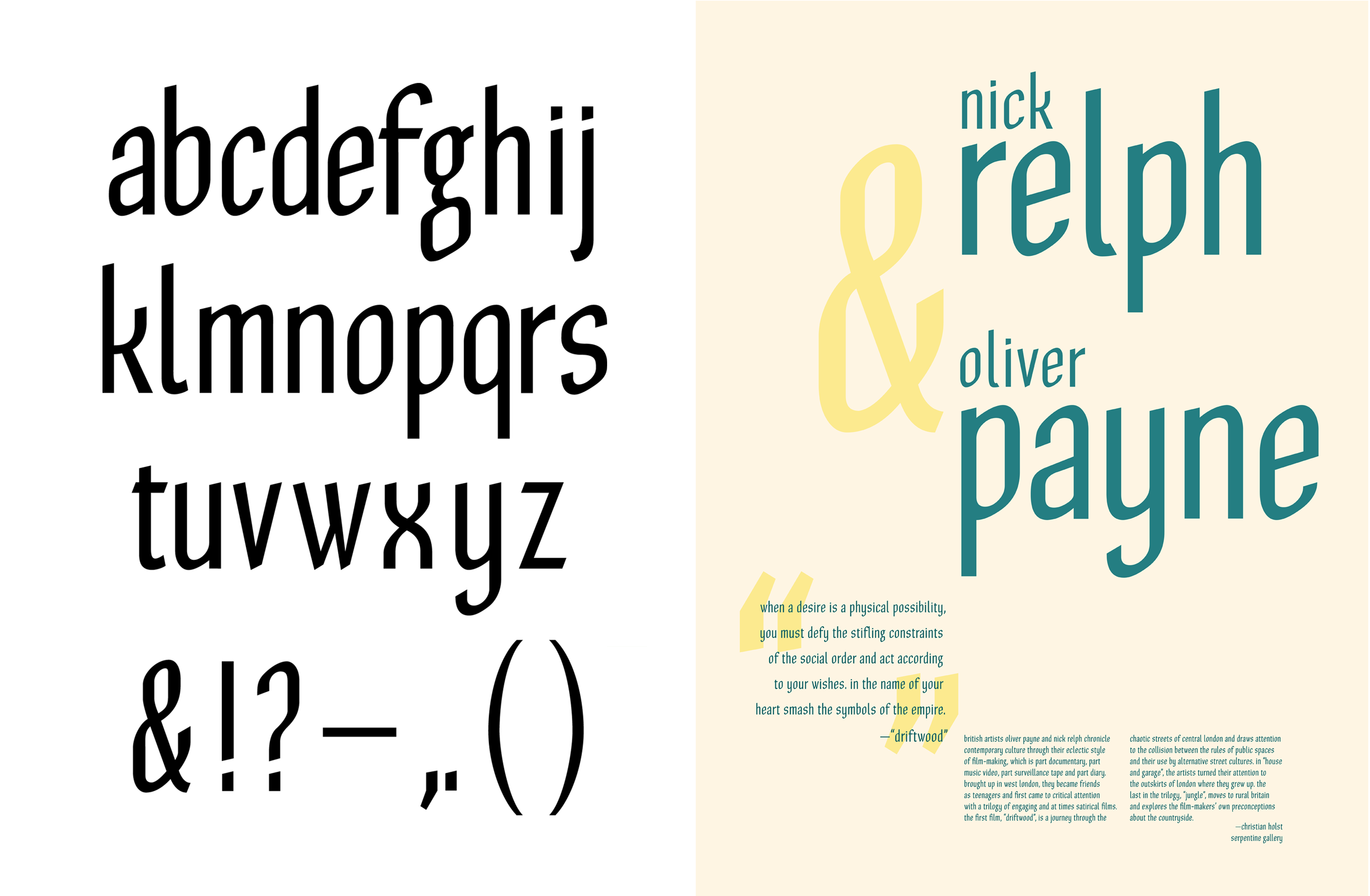
A combination of poster design and industrial design concept, I created this poster to present a redesigned paper towel dispenser. Intended for use in bars, this dispenser runs the paper towel across its lever, allowing users to avoid contact with dirty surfaces as they retrieve the paper. The presence of a physical lever helps avoid issues that arise when the user is expected to pull on the paper directly, leading to premature tear-off and disappointment.
